The most amazing fishes of Brazil - Part I
In Brazil, at least 2,300 species of freshwater fish are currently known, and an estimated 1,400 species occur in the Amazon Basin, which is by far the most species-rich basin in Brazil. Yet, our incredible diversity is unknown to most people. Below are some Brazilian fishes with characteristics that may surprise you.
1. Discus-ray
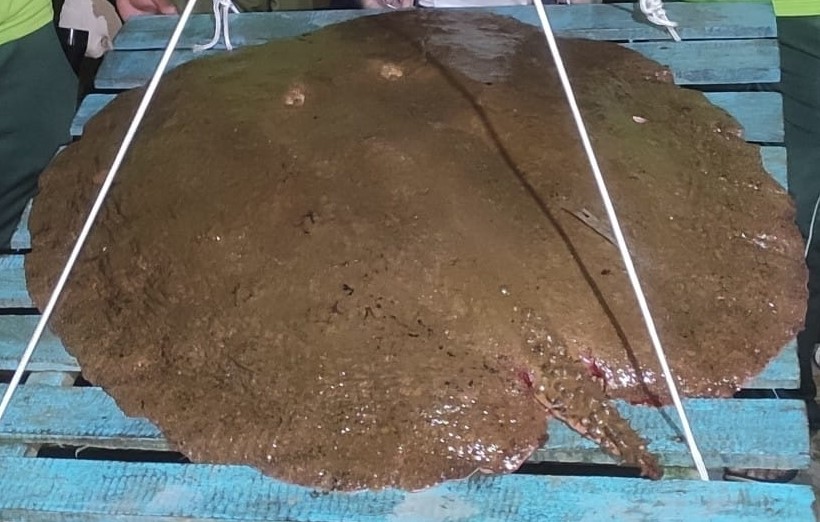
Paratrygon aiereba, also known as the apple ray, is the largest Brazilian freshwater stingray . The name apple ray refers to the shape of its body, which resembles an apple cut in half when viewed from above. It is found in the Amazon River basin, and most individuals reach 1.3 m (4 ft) in width, but there are reports of a 2 m (6 ft) specimen weighing 72 kg (158 lbs) caught in the channel of the Solimões River.
Although rays do not attack, their serrated sting at the base of the tail, about ten centimeters long, can accidentally injure unsuspecting swimmers. Stingrays are usually extremely painful and can even cause necrosis at the site of injury, and antidotes to their venom are still being researched.
Freshwater rays, such as the discus ray, are prime targets for indiscriminate and/or accidental fishing. In addition, during the dry season, it is common for local fishermen to cull large numbers of rays to prevent accidents. The problem with this practice is the lack of knowledge and data on the conservation status of these animals.
2. Electric eel
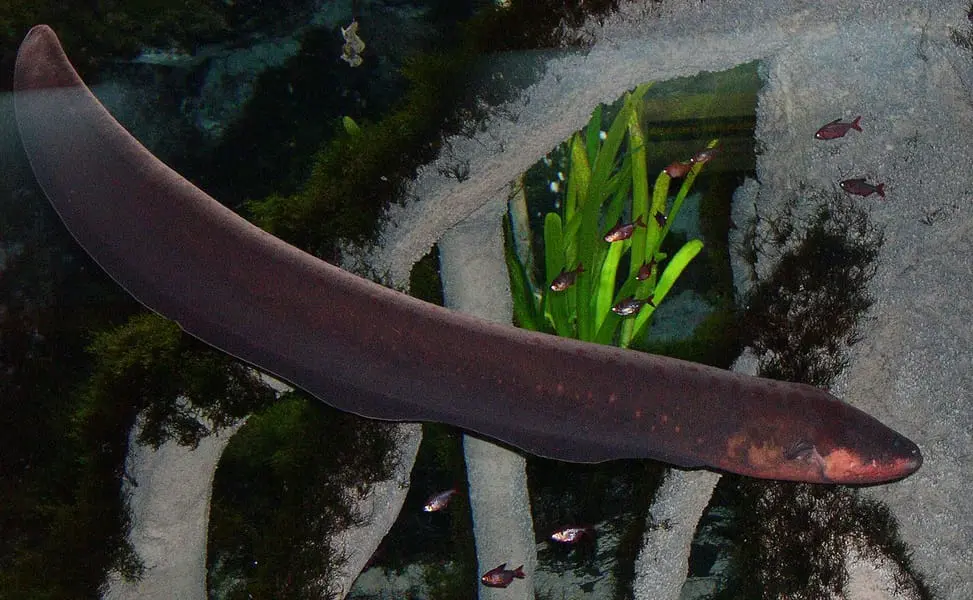
Although it looks like an eel, the electric eel is a fish related to carp and catfish. It is found mainly in the Amazon Basin, Mato Grosso and Rondônia, but occurs throughout most of South America. It can grow up to 2.5 m (6 ft) and weigh up to 20 kg (44 lb).
There are about 120 electric fishes in Brazil alone. The electric eel is undoubtedly the most conspicuous. While other fish emit weak discharges for navigation or communication, the poraquê uses its discharges for hunting and defense, since the power of its shocks is much stronger than that of other fish.
Until recently, only one species of electric eel was known. But in 2016 two were discovered: Electrophorus voltai and E. varii, and the electrical emission of E. voltai can reach 860 volts — until then, the record was 650 volts, making E. voltai the animal with the highest electrical discharge ever recorded.
Despite the high voltage, their discharge lasts only a second or two, and its effect on a human is nothing more than a brief pain and muscle contraction. However, the situation can be different if you are in a river surrounded by these fish: if one releases its discharge, all the surrounding others do the same. In this particular case, the simultaneous release of several electric eels could be fatal — although such an accident has never been documented.
3. Nile tilapia
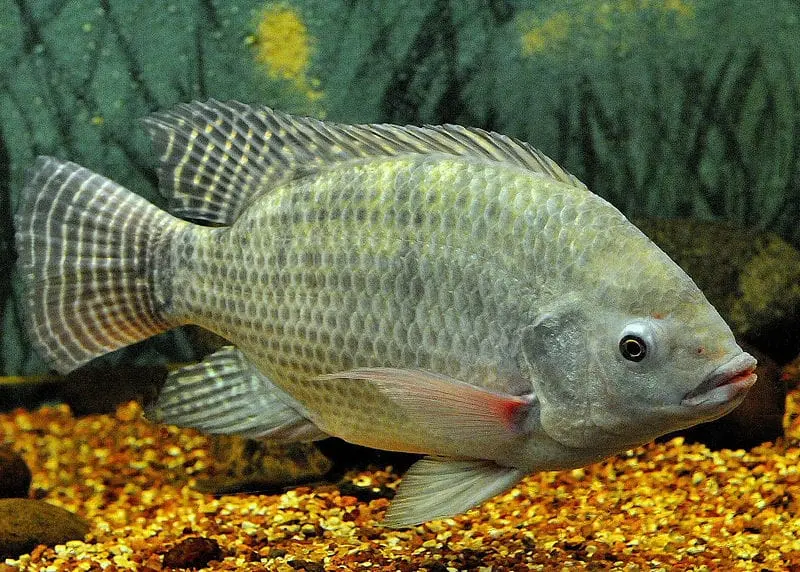
Tilapia is widely known and appreciated in Brazilian cuisine, but it is actually an African fish that was introduced to Brazil in the 1970s. But what makes this fish so impressive is that its skin is excellent for treating 2nd and 3rd degree burns in humans and animals.
This method, a pioneer in the use of fish to treat burns, was developed in 2015 by plastic surgeon and president of the Institute of Support for Burned People (IAQ), Edmar Maciel. Tilapia skin contains substances that adhere better to human skin and reduce the risk of infection. In addition, unlike traditional bandages that need to be changed daily (applying new layers of healing agents), Tilapia Skin only needs to be applied once — or once a week in the case of more severe burns. Its use is also capable of accelerating healing and reducing pain in patients.
But don’t think that any river-caught tilapia will do; the skins used for these treatments are properly treated and decontaminated by specialists in the field.The results of tilapia skin as a healing agent have been proven to be effective, and it only depends on Anvisa’s registration for its use to be authorized in hospitals. However, this process may take some years.
According to the Brazilian Pisciculture Association (Peixe BR), Brazil is the fourth largest producer of tilapia in the world, accounting for almost 60% of the country’s total fish production. Pisciculture, in addition to providing food, is now able to offer a low-cost product with excellent results, demonstrating that tilapia production in Brazil is sustainable.
4. Tambaqui
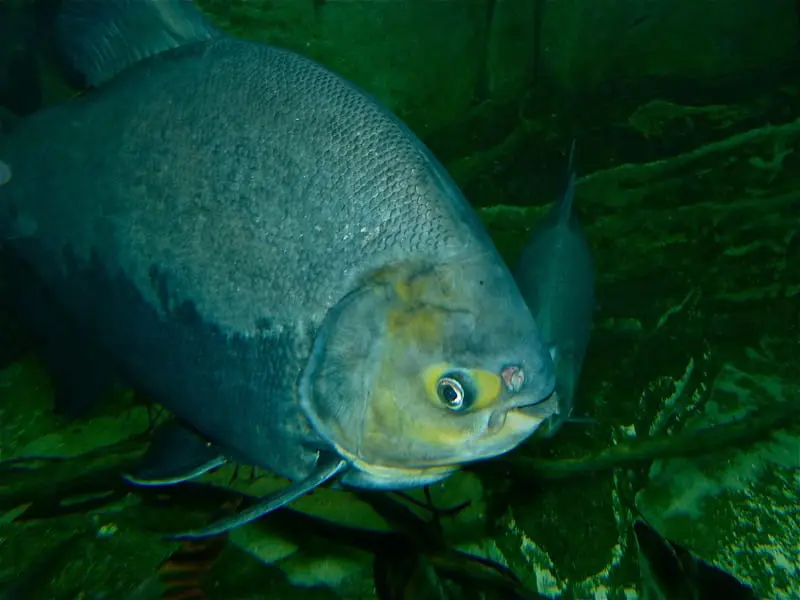
The tambaqui, or black pacu, occurs naturally in the Amazon and Orinoco river basins. It belongs to the same family as piranhas, but feeds primarily on nuts, fruits, and seeds that fall into the water, as well as snails.
This varied diet has given the tambaqui such a striking set of teeth — two rows of teeth, the first consisting of large molars very similar to human teeth. These strong teeth are used to break the shells of the nuts or seeds on which it feeds.
The tambaqui can grow up to 110 cm in length. In the past it was possible to catch individuals weighing up to 45 kilos, but today there are almost no individuals of this size due to overfishing.
5. Piranha
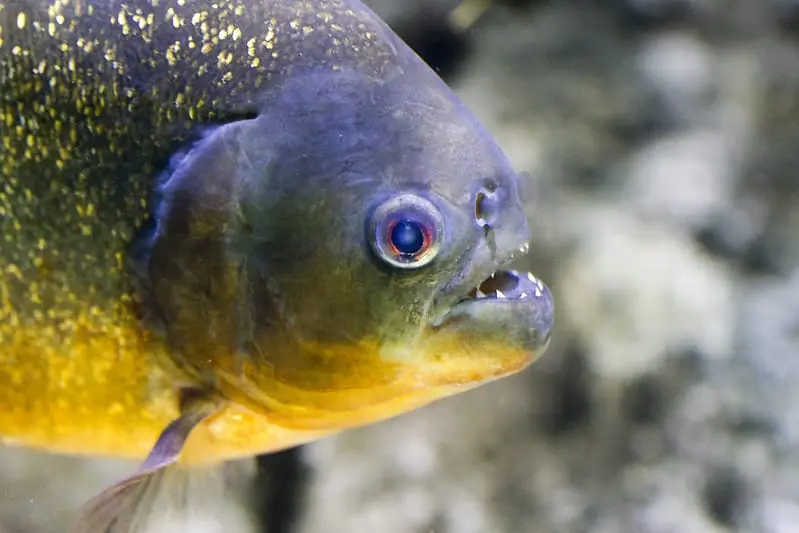
Piranhas have serrated, pointed, sharp teeth that are perfectly adapted for piercing and cutting flesh. Piranhas have the strongest bite (relative to their size) of any scaly fish. They can grow to 40 cm in length and live in schools of up to 100 individuals. They are found throughout most of South America.
Known for devouring anything that enters the water, the piranha is undoubtedly one of the most recognizable fish in Brazil. Even movies have featured piranhas as “protagonists”. Although known for their aggressiveness, attacks on humans are rare and are usually motivated by the smell of blood in the water, the breeding season to protect their offspring, or improper handling during fishing.
Piranhas, as well as their “cousins” Pacus and Tambaquis, change all their teeth several times during their lives, and despite their fame, piranhas are omnivorous and feed mainly on other fish, small land animals that fall into the water, crustaceans, and even fruits, seeds, and algae.
What makes these fish even more amazing is that piranhas can vocalize three different sounds: a barking sound during certain confrontations; a sound like a small drum during conflicts — which usually happens when piranhas compete for food — and a squeaking sound associated with stalking and biting their prey.
We still do not know the full richness of the Brazilian fauna, and there are probably dozens of species yet to be discovered. On the other hand, hundreds of species — mainly in the Amazon and Tocantins river basins — are threatened, mainly due to the construction of hydroelectric dams, deforestation, mining, and the high rate of capture for aquarism. Read more:
Livro vermelho da fauna brasileira ameaçada de extinção volume 2 - Peixes
Rayas de agua dulce (Potamotrygonidae) de Sur América - Paratrygon aiereba
Filogeografia e Conservação de Paratrygon aiereba na região Amazônica
Estudo do Brasil pioneiro com pele de tilápia pode ajudar vítimas do Líbano
Pele de tilápia é usada no tratamento de queimaduras de animais resgatados no Pantanal
Barking piranhas and screeching catfish are the sounds of the Amazon River
Acoustic Communication: Sound Advice from Piranhas
